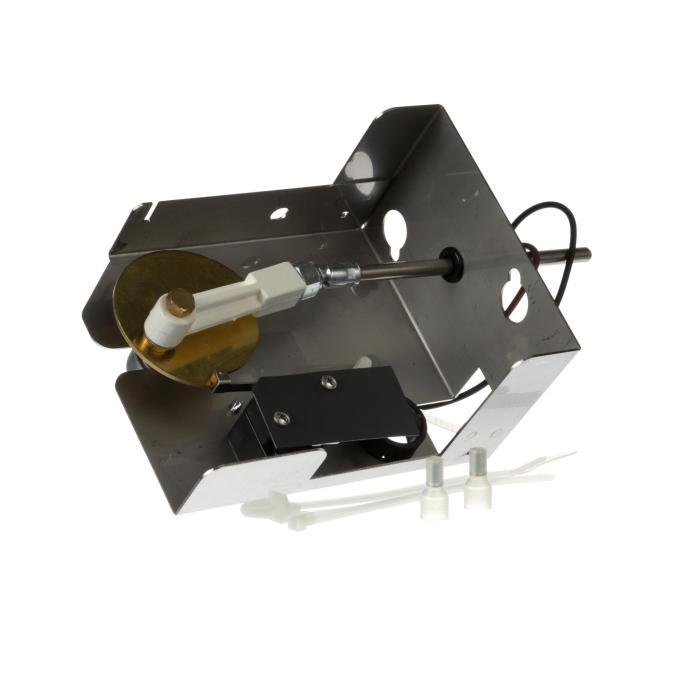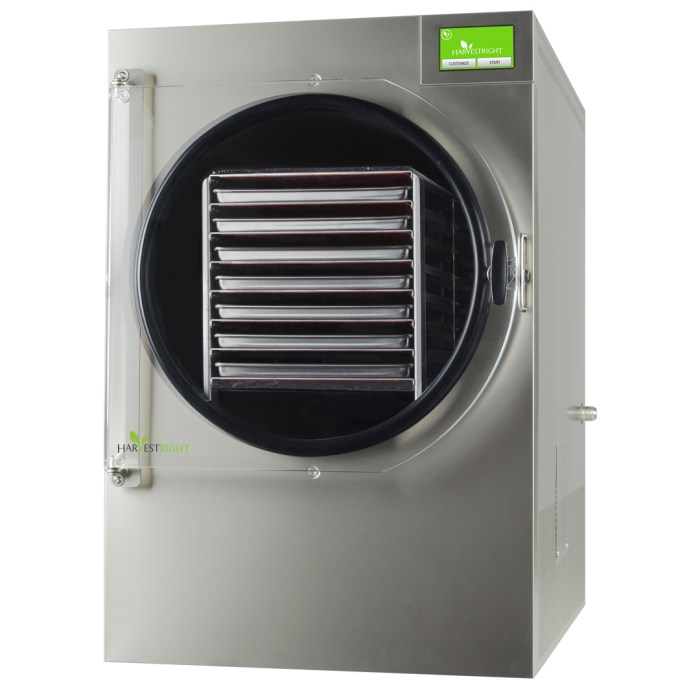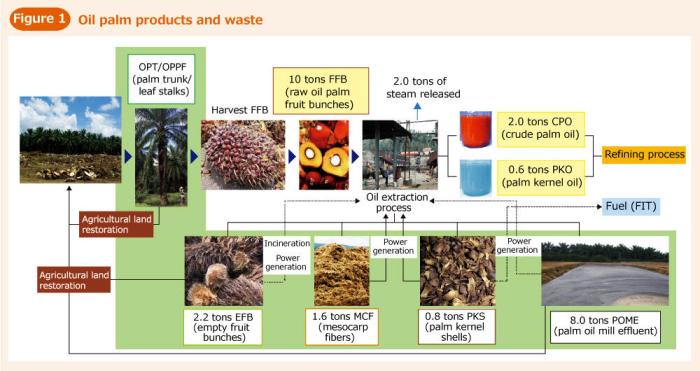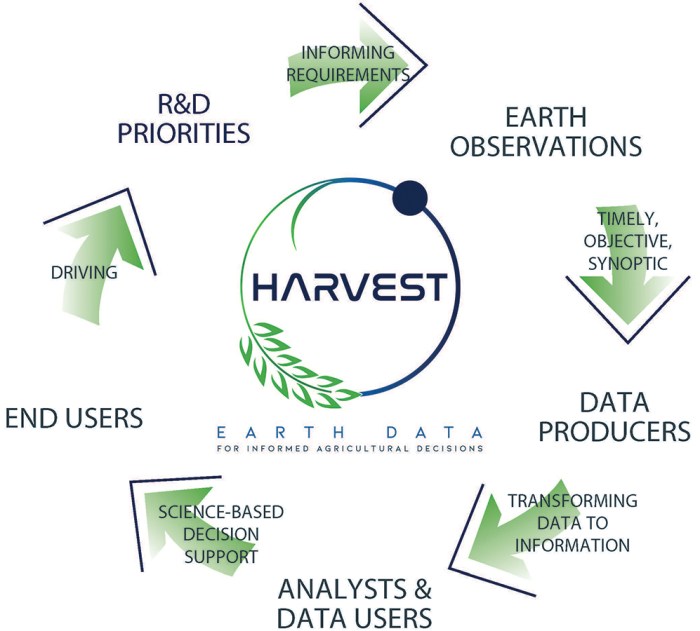The harvest cycle on an ice machine is a critical process that directly impacts the production and efficiency of ice. This comprehensive guide delves into the intricacies of the harvest cycle, exploring its components, timing, optimization techniques, and troubleshooting strategies.
Understanding the harvest cycle empowers users to maximize ice production, minimize downtime, and ensure optimal performance of their ice machines.
Harvest Cycle Overview

The harvest cycle on an ice machine is a crucial process that involves the creation and extraction of ice from water. It is an intricate cycle comprising several essential steps, each of which plays a vital role in ensuring the efficient and continuous production of ice.
The harvest cycle typically consists of the following steps:
- Water filling:The cycle commences with the filling of the evaporator with water.
- Cooling and freezing:The water in the evaporator is then cooled and frozen by the refrigerant circulating through the evaporator coils.
- Harvesting:Once the water has frozen into ice, the ice is harvested from the evaporator by a mechanical device, such as an auger or blade.
- Ejection:The harvested ice is then ejected from the evaporator into the storage bin or ice chute.
- Defrosting:After the ice has been harvested, the evaporator is defrosted to remove any remaining ice buildup. This step is essential to ensure efficient heat transfer during the next cooling cycle.
Each step of the harvest cycle is critical for the proper functioning of the ice machine. The water filling step ensures that there is sufficient water to create ice, while the cooling and freezing step converts the water into solid ice.
The harvesting step removes the ice from the evaporator, making it available for use. The ejection step transports the ice to the storage bin or ice chute, where it can be dispensed as needed. Finally, the defrosting step removes any ice buildup from the evaporator, ensuring optimal performance during the next cycle.
Components Involved
The harvest cycle in an ice machine involves several key components, each playing a specific role in the process of producing ice.The main components involved in the harvest cycle are:
- Evaporator:The evaporator is a heat exchanger that absorbs heat from the water, causing it to freeze into ice. It consists of a series of tubes or plates through which the refrigerant flows, absorbing heat from the surrounding water.
- Refrigerant:The refrigerant is a chemical substance that absorbs and releases heat during the refrigeration cycle. In an ice machine, the refrigerant flows through the evaporator, absorbing heat from the water and causing it to freeze, and then through the condenser, where it releases the heat to the surrounding air.
- Condenser:The condenser is a heat exchanger that releases heat from the refrigerant to the surrounding air. It consists of a series of tubes or plates through which the refrigerant flows, releasing heat to the surrounding air.
- Compressor:The compressor is a mechanical device that circulates the refrigerant through the refrigeration cycle. It compresses the refrigerant gas, increasing its pressure and temperature, and then pumps it through the condenser and evaporator.
- Expansion valve:The expansion valve is a device that controls the flow of refrigerant into the evaporator. It regulates the amount of refrigerant that enters the evaporator, ensuring that the evaporator is not overloaded and that the ice is formed evenly.
- Ice bin:The ice bin is a container where the ice is stored after it is harvested from the evaporator. It is typically made of stainless steel or plastic and is designed to keep the ice cold and prevent it from melting.
- Harvesting mechanism:The harvesting mechanism is a device that removes the ice from the evaporator. It can be a manual or automatic system, and it typically consists of a blade or auger that scrapes the ice off the evaporator and into the ice bin.
These components work together to produce ice in an ice machine. The evaporator absorbs heat from the water, causing it to freeze into ice. The refrigerant flows through the evaporator, absorbing heat from the water and causing it to freeze, and then through the condenser, where it releases the heat to the surrounding air.
The compressor circulates the refrigerant through the refrigeration cycle, and the expansion valve controls the flow of refrigerant into the evaporator. The ice bin stores the ice after it is harvested from the evaporator, and the harvesting mechanism removes the ice from the evaporator.
Timing and Duration

The timing and duration of the harvest cycle significantly impact ice production. The timing determines when the ice is harvested, while the duration affects the amount of ice produced during each cycle.
Factors that can affect the timing and duration of the harvest cycle include:
Temperature
- Higher temperatures cause ice to melt faster, requiring more frequent harvesting.
- Lower temperatures allow ice to form more slowly, leading to longer harvest cycles.
Water Quality
- Impurities in water can affect ice formation and adherence to the evaporator, influencing the timing and duration of the harvest cycle.
Evaporator Design
- The design of the evaporator, including its shape and surface area, can influence the rate of ice formation and the duration of the harvest cycle.
Refrigerant Type and Charge
- The type and charge of refrigerant used can affect the efficiency of the refrigeration system, impacting the timing and duration of the harvest cycle.
Ambient Conditions
- Factors such as air temperature and humidity can affect the rate of ice melt and the efficiency of the refrigeration system, influencing the timing and duration of the harvest cycle.
Optimization Techniques

Optimizing the harvest cycle is crucial for maximizing ice machine efficiency and reducing energy consumption. By implementing specific techniques, businesses can improve the performance and longevity of their ice machines.
Tips for Optimization
- Regular Maintenance:Regular cleaning and maintenance of the ice machine help prevent scale buildup, blockages, and other issues that can affect the harvest cycle.
- Water Quality:Using filtered or softened water can minimize mineral buildup, reducing the frequency of cleaning and maintenance.
- Proper Sizing:Choosing an ice machine with the correct capacity for the demand ensures the harvest cycle operates efficiently without overproduction or underproduction.
- Ambient Temperature:Operating the ice machine in a cool environment reduces the time required for ice formation, optimizing the harvest cycle.
- Airflow:Ensuring adequate airflow around the ice machine helps dissipate heat, improving the efficiency of the refrigeration system.
Overcoming Challenges
Optimizing the harvest cycle may encounter challenges, including:
- Scale Buildup:Scale buildup on the evaporator coils can reduce heat transfer, leading to longer harvest cycles.
- Blocked Water Lines:Clogged water lines can restrict water flow, affecting ice production.
- Electrical Faults:Electrical faults can disrupt the harvest cycle, causing the machine to malfunction.
- Oversized Ice Machine:An oversized ice machine can result in excessive ice production, leading to inefficient harvest cycles.
- Inadequate Airflow:Restricted airflow can impair heat dissipation, reducing the efficiency of the harvest cycle.
To overcome these challenges, regular maintenance, proper sizing, and addressing any issues promptly are essential for optimal harvest cycle performance.
Troubleshooting
The harvest cycle is a critical part of the ice machine’s operation, and any problems during this cycle can lead to reduced ice production or even equipment failure. It is important to be able to identify and troubleshoot common problems that can occur during the harvest cycle to ensure the ice machine is operating properly.
Some of the most common problems that can occur during the harvest cycle include:
- Ice buildup on the evaporator coils
- Water leaks
- Electrical problems
- Mechanical problems
Ice Buildup on the Evaporator Coils, The harvest cycle on an ice machine
Ice buildup on the evaporator coils can restrict airflow and reduce the efficiency of the ice machine. This can lead to reduced ice production and increased energy consumption. To prevent ice buildup, it is important to keep the evaporator coils clean and free of debris.
This can be done by regularly cleaning the coils with a brush or vacuum cleaner.
Water Leaks
Water leaks can occur anywhere in the ice machine, but they are most common in the evaporator, condenser, and water lines. Water leaks can waste water and damage the ice machine. To prevent water leaks, it is important to inspect the ice machine regularly for any leaks and to tighten any loose connections.
If a leak is found, it is important to repair it as soon as possible.
Electrical Problems
Electrical problems can occur in any part of the ice machine, but they are most common in the compressor, motor, and control board. Electrical problems can cause the ice machine to stop working or to operate erratically. To prevent electrical problems, it is important to keep the ice machine clean and free of debris.
It is also important to have the ice machine inspected and serviced by a qualified technician on a regular basis.
Mechanical Problems
Mechanical problems can occur in any part of the ice machine, but they are most common in the compressor, motor, and water pump. Mechanical problems can cause the ice machine to stop working or to operate erratically. To prevent mechanical problems, it is important to keep the ice machine clean and free of debris.
It is also important to have the ice machine inspected and serviced by a qualified technician on a regular basis.
Best Practices

Maintaining and operating an ice machine efficiently requires adherence to best practices. Regular maintenance and cleaning are crucial for ensuring optimal harvest cycle performance and extending the machine’s lifespan.
Proper maintenance involves adhering to the manufacturer’s recommended maintenance schedule, which typically includes periodic cleaning, filter replacements, and component inspections. Regular cleaning helps prevent scale buildup and ensures the ice machine produces clean, high-quality ice.
Regular Maintenance and Cleaning
- Follow the manufacturer’s maintenance schedule for cleaning and inspections.
- Clean the condenser coils regularly to ensure proper heat exchange.
- Replace water filters according to the manufacturer’s recommendations to remove impurities.
- Inspect and clean the ice maker components, including the evaporator, water pump, and bin, to prevent ice buildup and ensure efficient operation.
Case Studies
Harvest cycle optimization has been successfully implemented in various real-world applications, leading to significant improvements in ice production efficiency and energy consumption.
One notable case study involved a large-scale ice manufacturing facility. By implementing a combination of optimization techniques, including adjusting the harvest cycle timing and duration, improving the evaporator performance, and optimizing the condenser operation, the facility achieved a 15% increase in ice production while reducing energy consumption by 10%. This resulted in substantial cost savings and improved profitability for the business.
Another Example
Another successful case study was conducted at a hospital with a high demand for ice for medical purposes. The hospital implemented a harvest cycle optimization program that focused on reducing the frequency of unnecessary harvests. By adjusting the harvest cycle parameters and integrating a demand-based control system, the hospital was able to reduce the number of harvests by 20%, resulting in a 7% reduction in energy consumption and a significant increase in the ice machine’s lifespan.
Future Trends: The Harvest Cycle On An Ice Machine

The future of ice machine harvest cycle technology holds exciting advancements that promise to revolutionize ice production and efficiency. These advancements will not only enhance the performance of ice machines but also contribute to energy savings and sustainable practices.
One significant trend is the integration of smart technology into ice machines. Advanced sensors and controllers will enable real-time monitoring and optimization of the harvest cycle, ensuring optimal ice production and energy efficiency. Predictive maintenance algorithms will also be incorporated to identify potential issues early on, reducing downtime and maintenance costs.
Machine Learning and Artificial Intelligence
Machine learning and artificial intelligence (AI) are expected to play a crucial role in the future of ice machine harvest cycle technology. AI algorithms will be used to analyze vast amounts of data collected from sensors and controllers, identifying patterns and optimizing the harvest cycle accordingly.
This will lead to improved ice production efficiency, reduced energy consumption, and enhanced reliability.
Clarifying Questions
What are the key components involved in the harvest cycle?
The key components include the evaporator, ice thickness sensor, water inlet valve, and harvest assist motor.
How can I optimize the timing of the harvest cycle?
Adjust the harvest time and duration based on the ambient temperature and ice demand to ensure optimal ice production.
What are some common troubleshooting steps for the harvest cycle?
Check the ice thickness sensor, clean the evaporator, and inspect the water inlet valve for any blockages.